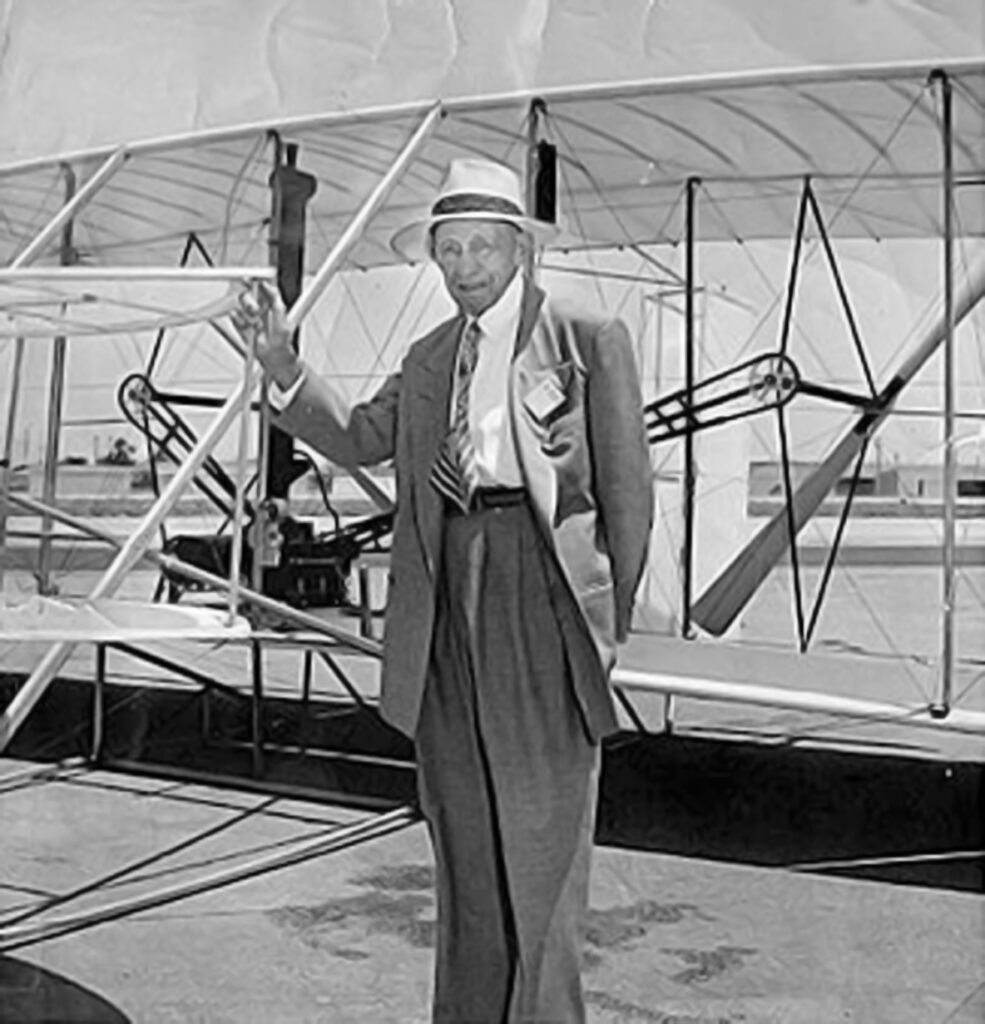Charles E. Taylor: The First Aircraft Mechanic
Of all the men involved in the invention and development of the airplane, few are more celebrated than Orville and Wilbur Wright. On the other hand, there are few people more overlooked than Charles E. Taylor who essentially invented the field of aircraft engine mechanics. Well, we have not forgotten nor have we overlooked Charles E. Taylor. Everyone in the field of aviation owes a big debt to Taylor as they do those two famous brothers. Here is a brief bio of the man who launched this field.
Early Life
Taylor entered the world on May 24, 1868, less than one month after the end of the Civil War. Born in Lincoln, Nebraska, Taylor quit school at the age of 12 and worked as an errand boy for the Nebraska State Journal. However, this was not his true calling. Thankfully, Taylor discovered early in life that he was naturally mechanically inclined. This led him to work on the machines in the Journal’s bindery. In his twenties, Taylor moved to Kearney, Nebraska where he continued to show his skill with machines. By 1894 he started work for the Stoddard Manufacturing Company which produced farm equipment and bicycles. During this time, he met the Wright brothers who eventually contracted him to work on a bicycle coaster brake they had invented.
The Beginnings of Aircraft Mechanics
While working with the Wright brothers, Taylor began to design the first aircraft engine from a rough drawing he had made on a paper napkin. Eventually, he would – at the request of the Wrights – begin building an engine from tools as basic as a drill, lathe and simple hand tools. (Computer as we know them had not yet even been conceived of let alone CAD to aid him in this task.) Eventually, he would provide the Wrights with a four cylinder engine with four inch stroke and four inch bore weighing 150 pounds and delivering 13 horsepower on the brake. He did so in just six weeks.
Forgotten History
In December 1903, history was made. Wilbur and Orville Wright made four brief flights at Kitty Hawk with their first powered aircraft. The Wright brothers flew into history and Charles E. Taylor slipped into its back pages. Taylor was not the promoter that the Wrights were so his accomplishments remained a mystery to the public. In 1941, Taylor moved to California where he worked in a defense factory. He died on January 30, 1956.
Of course, Taylor would not know what to make of the advancements in aircraft technology. He would be lost around an aircraft auxiliary power unit or the latest engines. He would know nothing about TPE331 maintenance. Of course, none of those innovations would even be possible without his largely forgotten contribution to aviation history.


